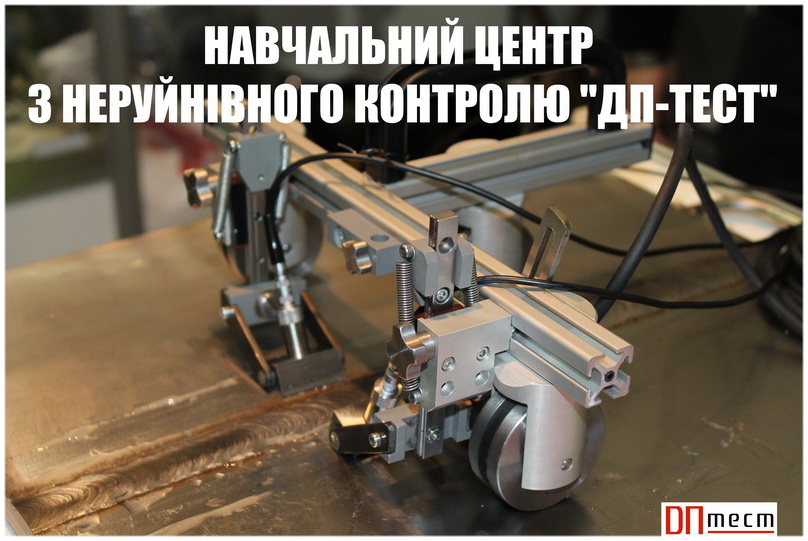The diploma project consists of an explanatory note of 78 pages, includes 28 illustrations, 1 table, 3 drawings, 17 references, 2 appendices, 6 formulas.
The aim of this diploma project is to develop a digital metal detector with calibration and discrimination functions, which is designed to search for metal objects: ancient coins, World War II explosive shells, pipes, ancient weapons, etc.
In the first introductory introduction the first historical beginning of use of metal detectors, development of technology of metal detectors and in what spheres metal detectors are applied today was considered. In the second section, an analytical review of the properties of the metal in the electromagnetic field, how the reaction signal of a metal object depends on the operating frequency of the metal detector. The third section considered what types of metal detectors exist today, their structural schemes, basic principles of operation, as well as their advantages and disadvantages. In the fourth section, the types of modern coils, how the size and shape of the coils affect the characteristics of metal detectors were considered. In the fifth section, I will choose the most optimal operating frequency, using my experience while using a metal detector in practice. In the sixth section, a block diagram was created, a measuring generator was selected and calculated, coil calculations were performed, a microcontroller was selected and software was developed for it. Since this metal detector is digital, in addition to the functions of calibration and discrimination, it can integrate other digital functions (remote data transmission, GPS, etc.).
Key words: metal detector,microcontroller, eddy currents, electromagnetic field, magnetic field.
Research advisor: V. Bazhenov









